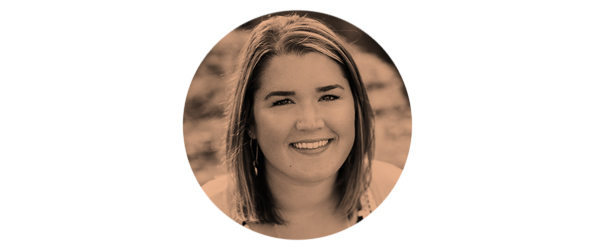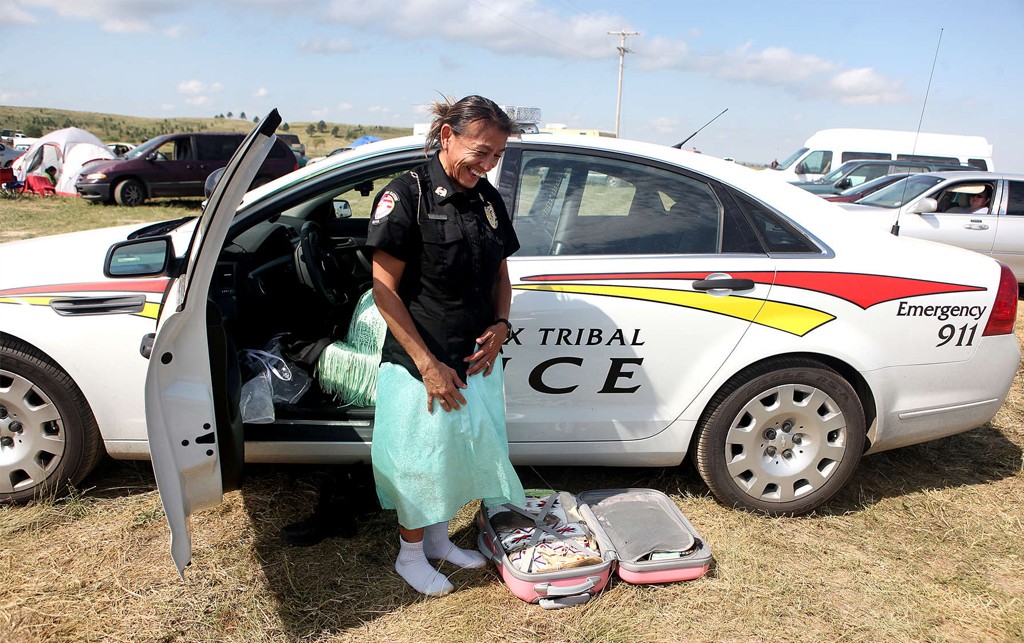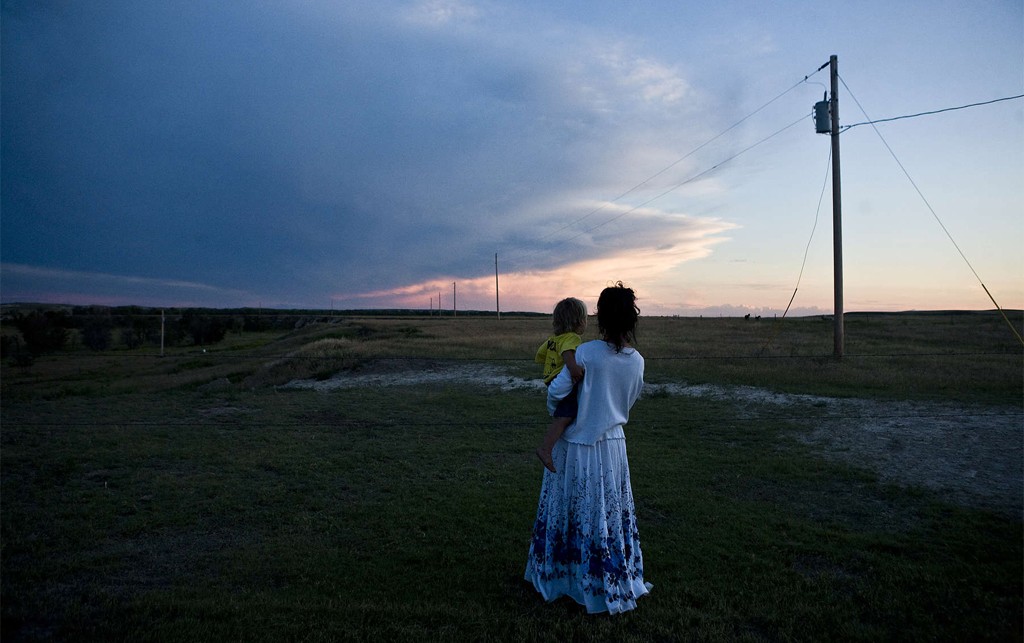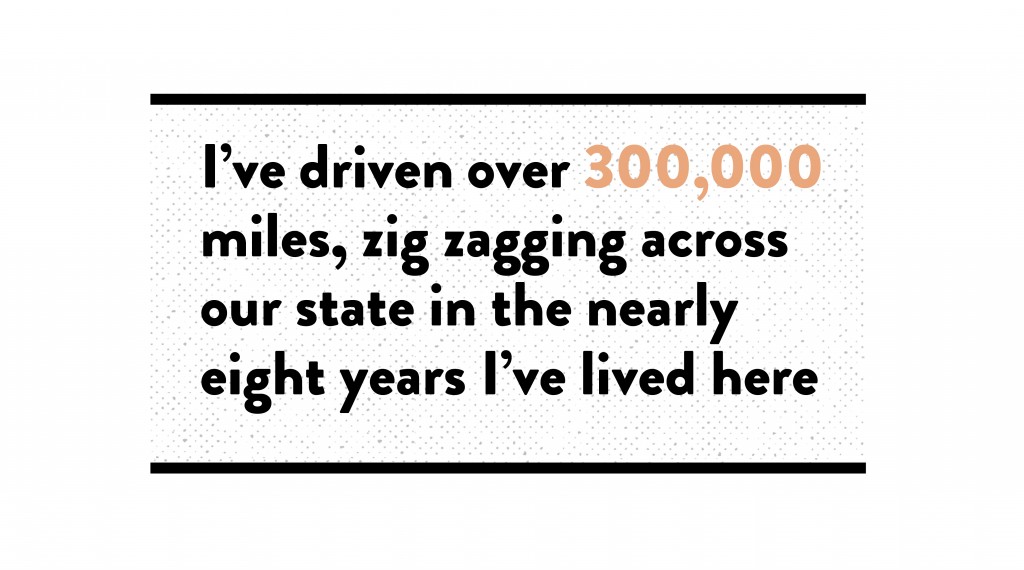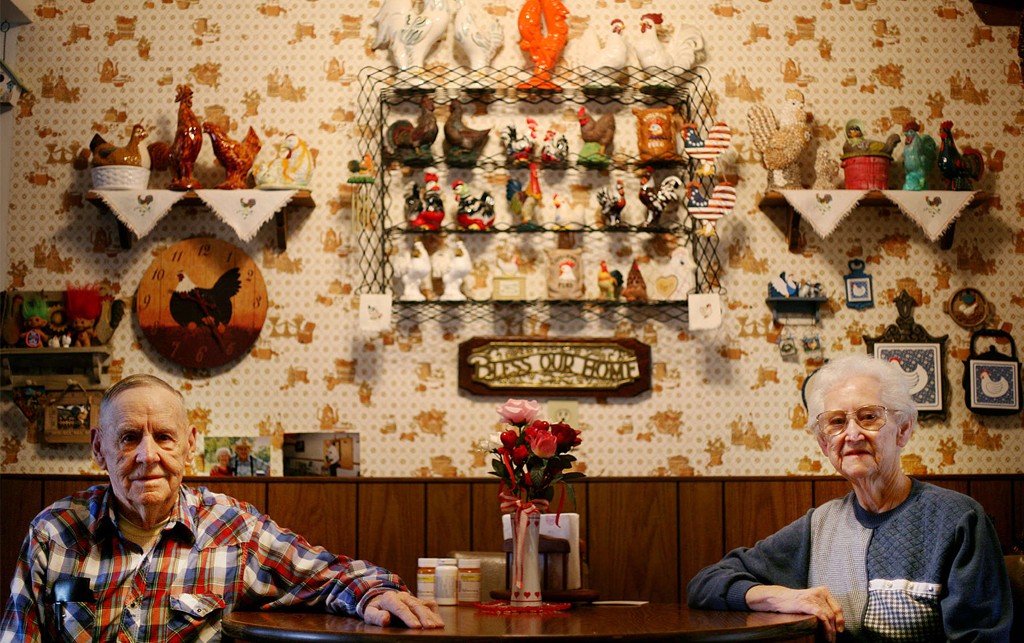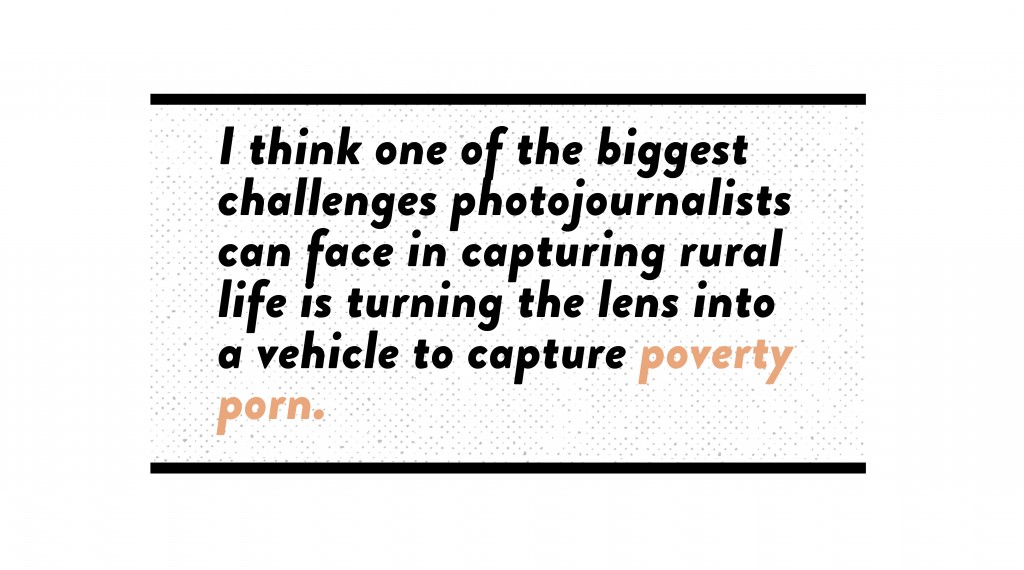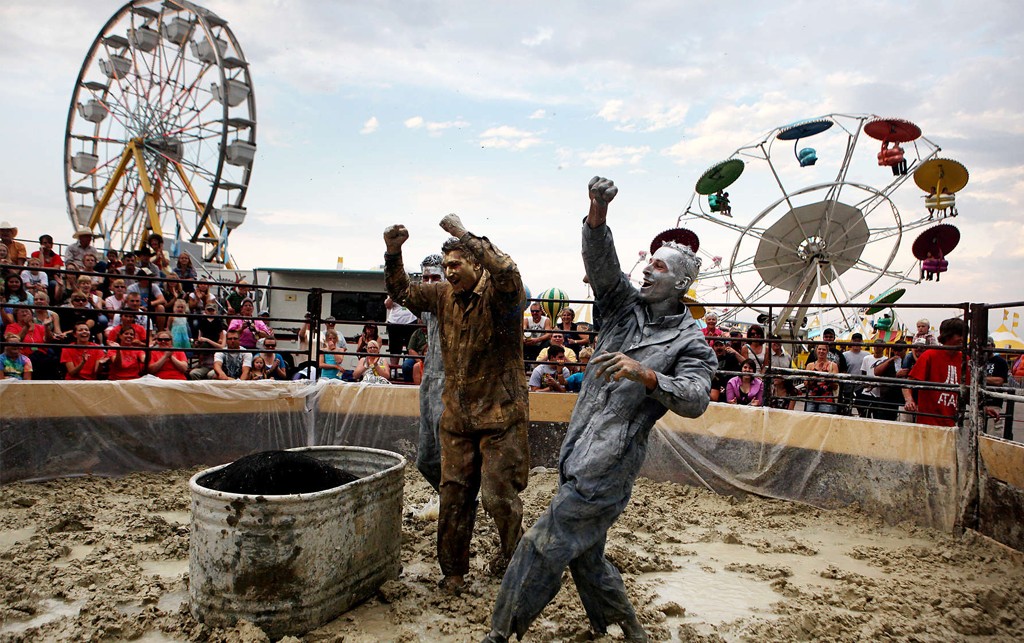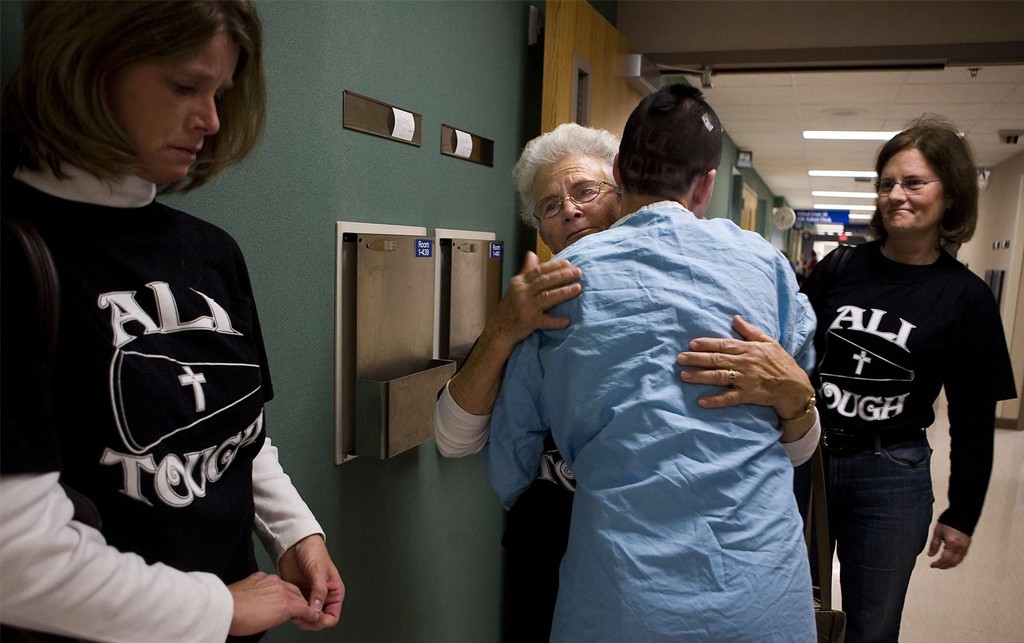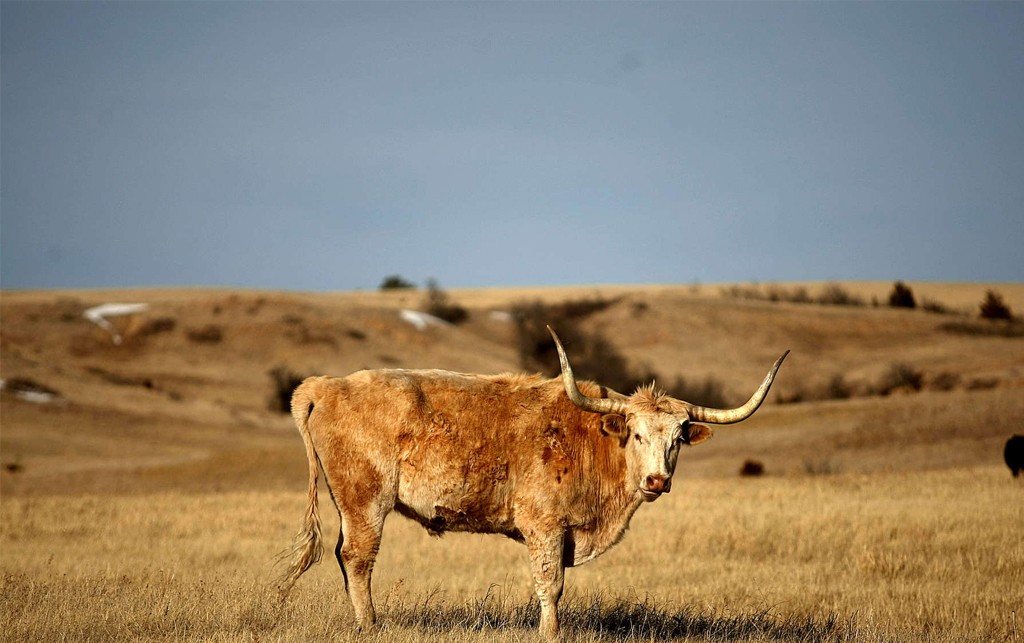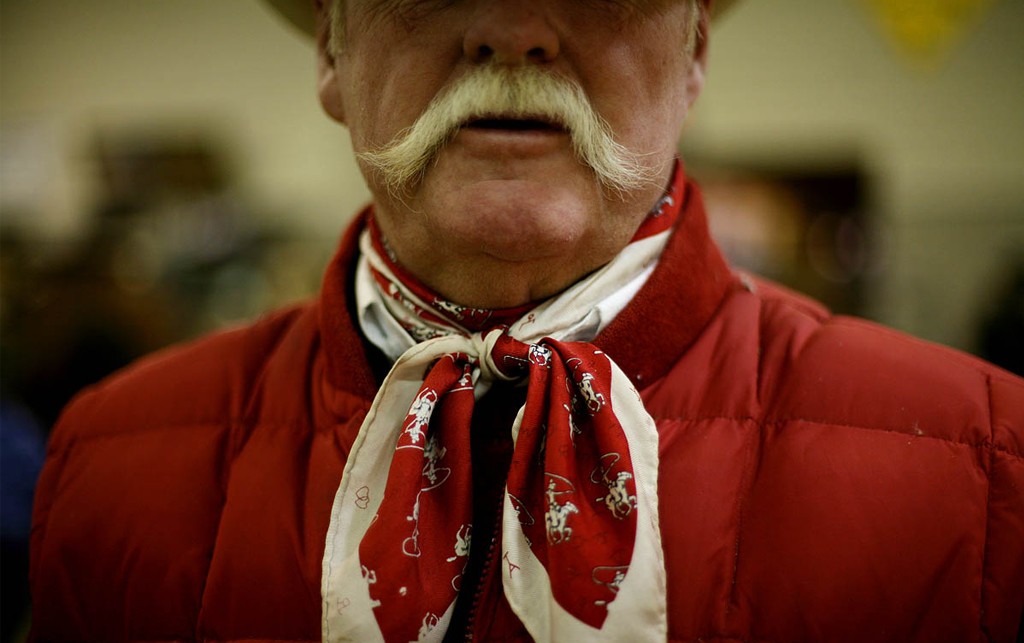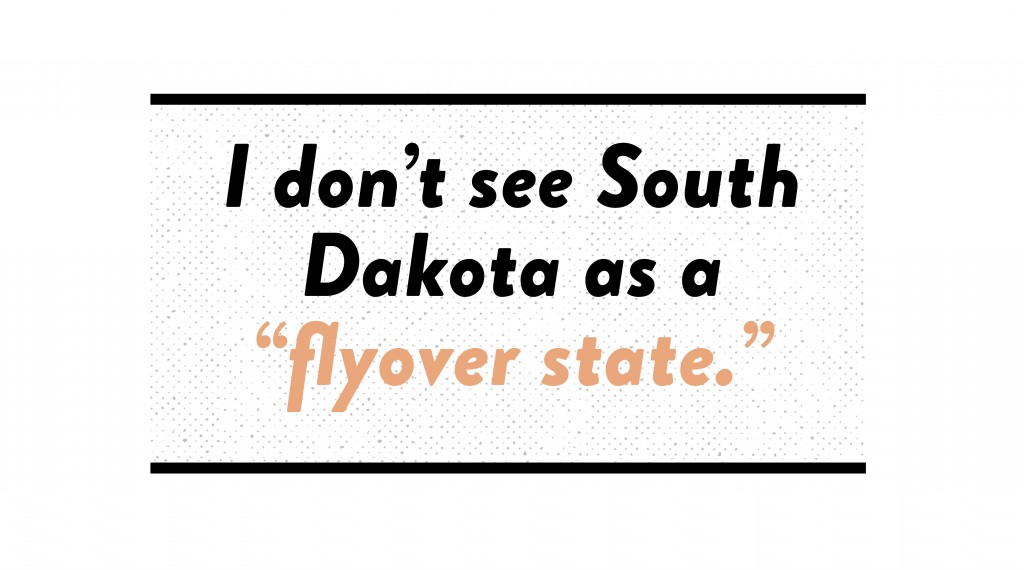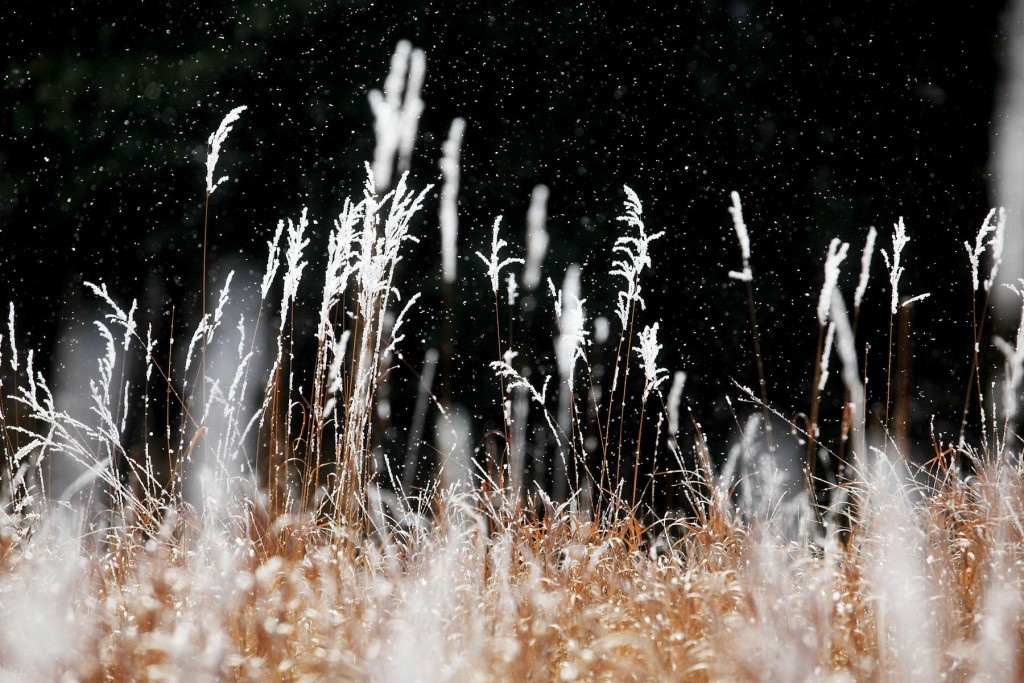
On any given evening, as the sun sinks into the prairie and the Badlands stretching across the Pine Ridge Indian Reservation, Guss Yellow Hair stands at the front of an Oglala Lakota College classroom facing 20 fellow Native artists. He shares his story about evolving from a low-income artist into a thriving entrepreneur.
Guss looks to his personal memories for inspiration to create art. He’s proud of his Lakota heritage and traditions, but he knows that most artists sitting before him feel a lack of confidence about their artistic tradition and its value in the world. Nearly half of Pine Ridge residents rely on the sale of their artwork for income, yet most Native artists earn less than $10,000. Guss understands the urgency of equipping Native artists with the resources to help them create and sell their work.
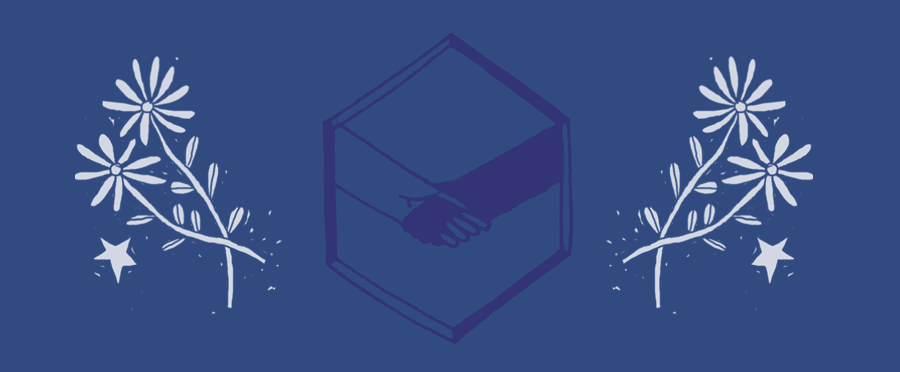
Guss is one of many Native artists who credits First Peoples Fund, a South Dakota-based organization that supports fellowships and entrepreneurship classes for Native American artists, with helping him improve his business skills and build confidence in his creativity. A talented “all-around artist,” as First Peoples Fund president Lori Pourier calls him, Guss once sat as a student in the same Native Artists Professional Development workshop that he now teaches for First Peoples Fund before moving onto the fellowship program. While a fellow at First Peoples Fund, he listened to mentors describe their family’s stone carvings, deerskin drums and beaded jewelry. He wanted to make and sell his work, too, but he never imagined anyone would value his paintings and carvings enough to pay for them. Still, he continued to create, selling a few art pieces each year on the Pine Ridge Indian Reservation.
Teaching Guss to value himself as a Lakota artist was a high priority when he first became an Artists in Business Leadership (ABL) Fellow. “Art is what sustains us as a people,” says Lori. First Peoples Fund believes Native artists already possess talent and a rich artistic tradition. However, after surviving oppression and assimilation, Lori sees First Peoples Fund’s number one goal as fostering pride and confidence in Native artists, and teaching makers to view themselves as emerging business owners with limitless potential for growth.


To begin the task of lifting up Native artists, First Peoples Fund created two values-based flagship programs, ABL and Cultural Capital (CC). Each year, up to 20 fellows receive $5,000 and a tailored mentorship program from successful artists like Guss. The CC program helps artist entrepreneurs become culture bearers, carrying Native cultural values forward, so that more struggling Native artists can find mentorship and hope in their artistic and economic future.
“We teach artists how to tell their unique tribal stories as they begin to develop their marketing tools, and as a way to connect with others,” says Lori. She knows Native artists can connect with each other and potential art buyers through their personal and larger cultural story. Brendon Albers, a Lakota stone carver and former ABL and CC Fellow, shared his artwork with a stone supplier in Florida. Brendon’s commitment to working with Native youth and his stone depictions of Native culture moved the supplier to give Brendon material for free as long as he continued to create and teach. For Lori, this story of reciprocal relationships demonstrates the emotional power Native artists pos-sess through their culture. Like Guss, Brendon sees himself as a culture bearer and a contributor to his community, and he encourages other Native artists to realize their artistic and business prowess by teaching stone carving classes for the Cheyenne River Sioux Tribe as a CC Fellow.
To become teachers, Guss and Brendon participated in First Peoples Fund’s third program, the Native Artist Professional Development (NAPD) curriculum, which has trained nearly 75 artists to become certified trainers in Native communities. First Peoples Fund realized too many artists living in reservation communities continue to struggle economically even though they completed the two-day entrepreneurship training. To address the need for continuous support, First Peoples Fund developed the Indigenous Arts Ecology program model that connects fellows and NAPD attendees to nonprofit partners in Native communities such as NACDFIs and tribal colleges. Together, ABL, CC and NAPD, along with grant programs for community-based nonprofits, help artists build their businesses and deepen connections to their community and culture so they can continue to thrive for generations.


First Peoples Fund strives NATIONAL NETWORKS to make sure its artists are deeply rooted in their local community, while also reaching a national audience.
First Peoples Fund partners with three Native-led organizations, Lakota Funds, and Community Innovation Award winners, Cheyenne River Youth Project and Four Bands Community Fund, to expand artists’ support networks and increase their visibility locally. First Peoples Fund hopes this model connects artists with one another and fosters a supportive community among local artists. First Peoples Fund finds that artists who receive encouragement and financial backing from their community thrive artistically, which in turn boosts their sales and economic standing. Along with the tangible and psychological benefits of financial security, it also bolsters Native pride and encourages artists to continue creating traditional art. Through its work, First Peoples Fund has set in motion a cycle of financial prosperity and artistic growth for Plains artists that is sustained through CC Fellows like Guss and Brendon.
While Native artists in the Midwest are building a stronger regional presence and economy, First Peoples Fund sees potential for a wider, national network. To determine what Plains artists need to widen their reach, First Peoples Fund reached out to 140 Pine Ridge artists to conduct a Creative Economy market study. Through it, First Peoples Fund learned that 94 percent of Native artists increased their income to $18,000 after completing the one-year ABL Fellowship. This earnings increase is a great stride, but First Peoples Fund wanted to further leverage artists’ expertise as entrepreneurs, trainers, teachers and culture bearers. To do that, it started helping fellows expand their market opportunities to include art shows around the country, including the popular and well-attended shows in Santa Fe, New Mexico. The Southwest market used to showcase local artists exclusively, but First Peoples Fund established a strong presence and connection with artists in the area. Today, Plains artists comprise more than 10 percent of the Southwest market, an important advancement that lifts up Native artists from the Midwest and fosters community across Native groups throughout the country.

However, national networking is about more than achieving financial growth; it’s a way for Native artists to cultivate a larger creative community. Lori believes that Native people united through their art can achieve crucial social change. “Individual artists have created movements. Through these alliances, elders mentor younger generations, ensuring that values are passed on.” She envisions a country that celebrates Native cultures and views its artists as esteemed culture bearers. Because First Peoples Fund invests in the well-being of all Native artists, not just the individuals in its area, the organization connects artists with other artists across the country, local and regional partners, federal agencies and national foundations, and shares its programs via a webinar. Its monthly e-Spirit newsletter also keeps partners up to date on artists’ stories of success.
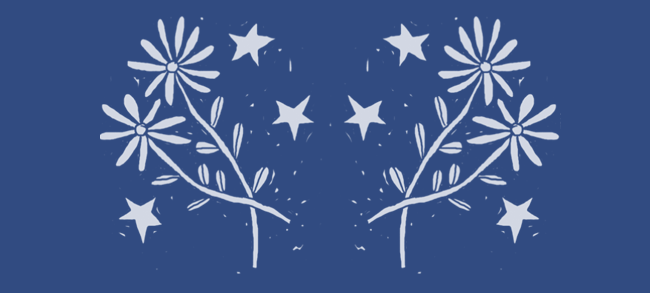
“In the Lakota way, we listen to our elders,” Lori ex-plains, which is why it’s important that ABL Fellows like Guss and Brendon transition into CC Fellows. Many Native cultures rely on continuity to flourish, so First Peoples Fund designed its Three Stages of Entrepreneurship model to ensure that fellows who participate in its programs will not only grow in their arts-based business, but will also serve as changemakers for their Native communities.
In a large sense, First Peoples Fund aims to encourage Native artists to find value in their cultural story, and then share it with others. Like most ABL Fellows, Guss first arrived at First Peoples Fund to focus on his personal development. By the end of the program, most fellows begin to think more widely about the growth and well-being of their local community and broader Native community. “Our programs are about learning from other artists about what is possible in your own communities. When you expand the network, from Alaska to the Southwest to Maine, artists’ eyes and their worlds just open up,” says Lori, who has watched Guss grow exponentially through First Peoples Fund as an artist, entrepreneur, teacher and individual.
![]()
Every two years, First Peoples Fund hosts the Community Spirit Award gala in Minneapolis and Rapid City, where it recognizes its most vital culture bearers. “It starts from an individual level. How do I increase my income level and how do I provide for my family? Then it builds to their leadership capacity and, finally, to helping them see themselves as emerging culture bearers in their community.” says Lori. She’s proud of Guss, Brendon and the hundreds of other artists who are part of the First Peoples Fund family whose work helps Native culture flourish.
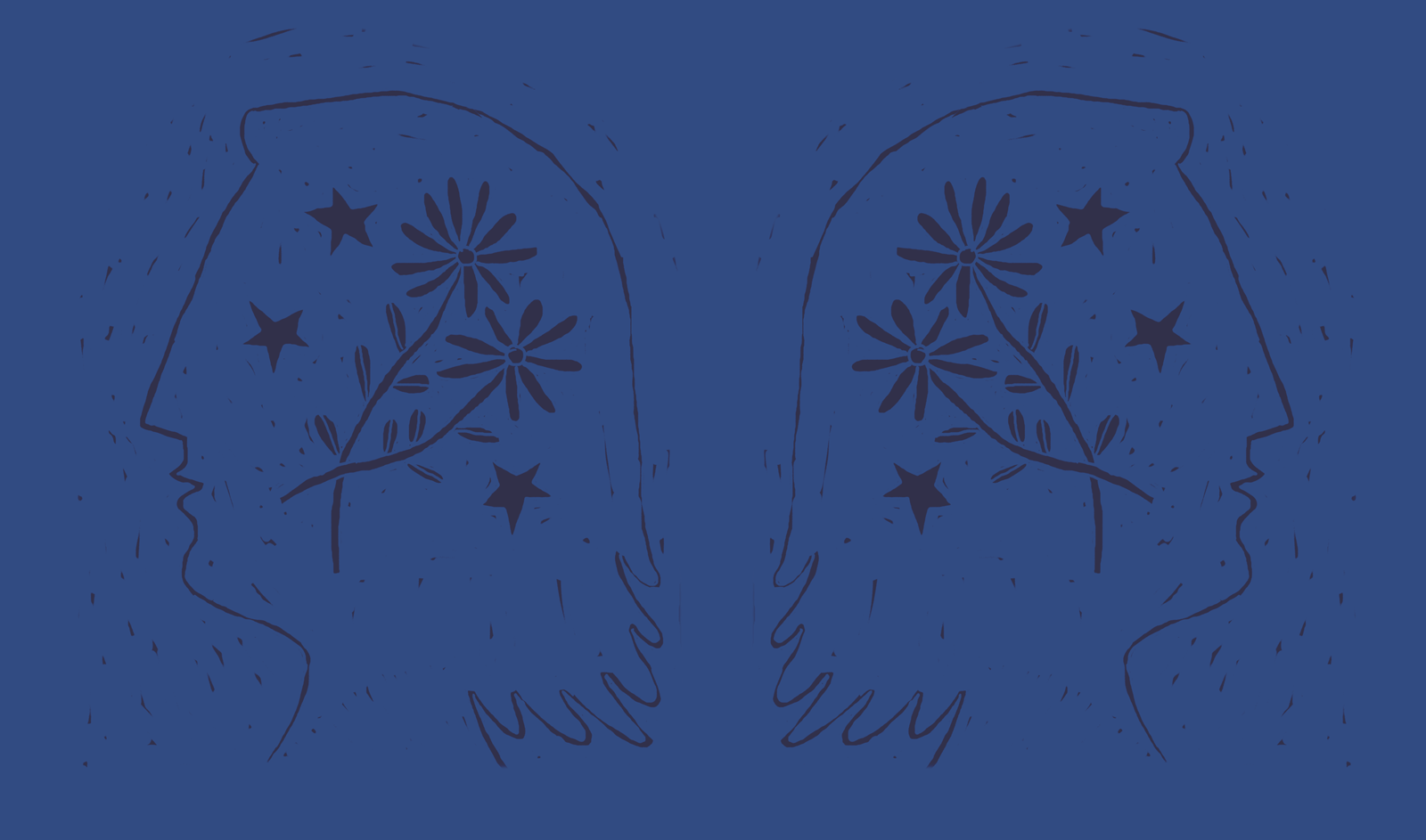
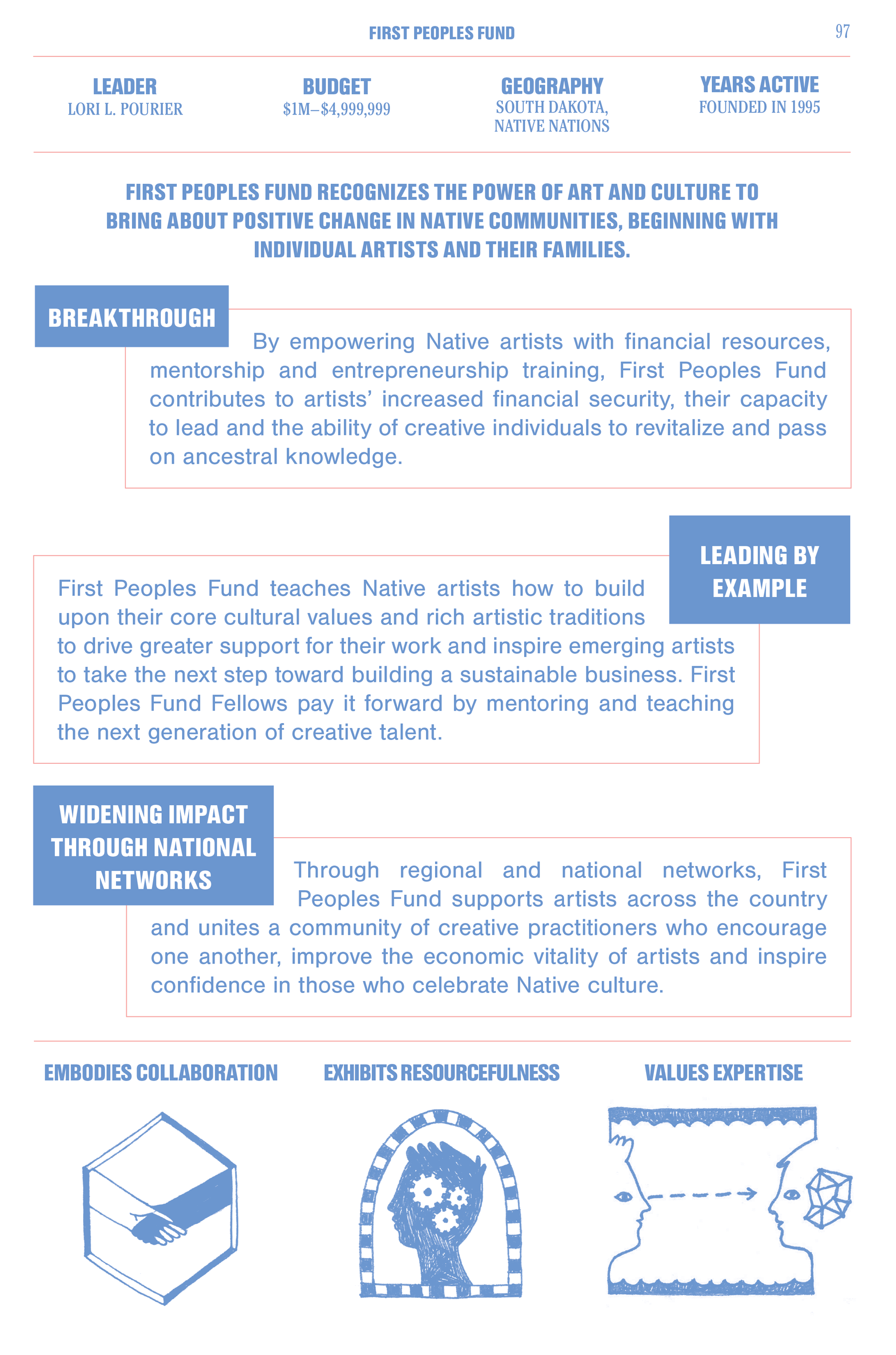

Produced in partnership with the Bush Foundation
to showcase the culture of innovation
behind its Bush Prize winners.
Contributors







